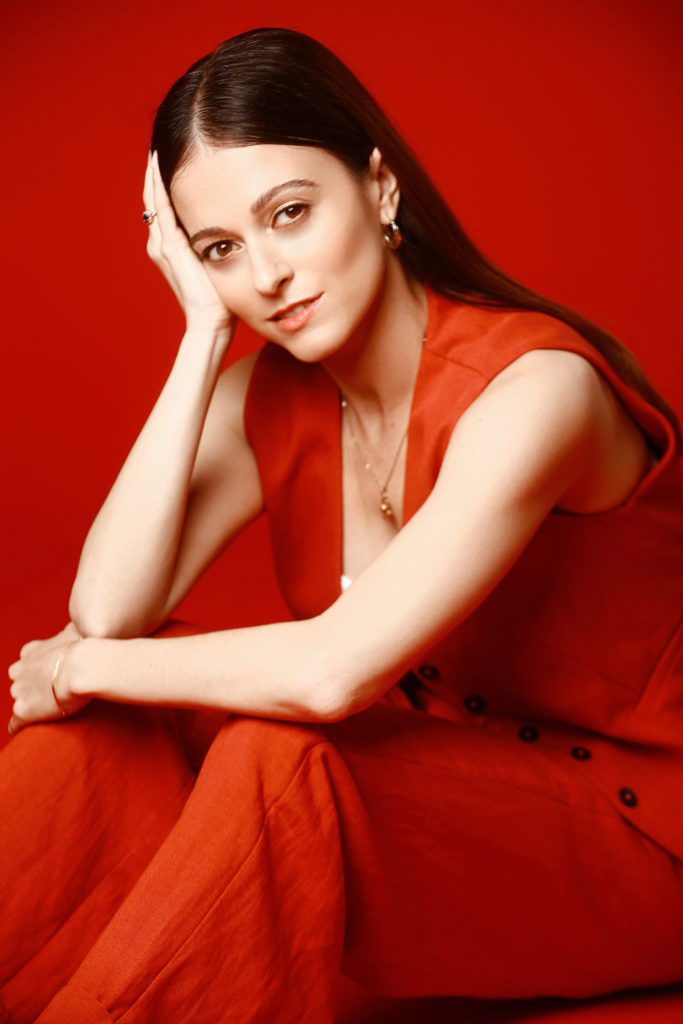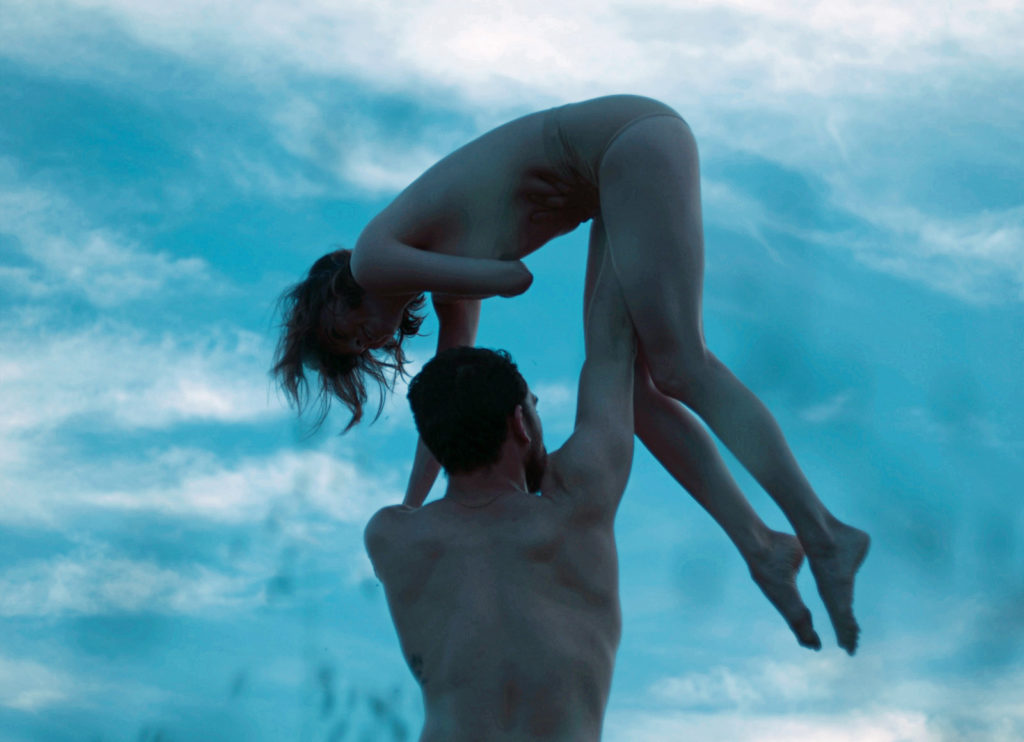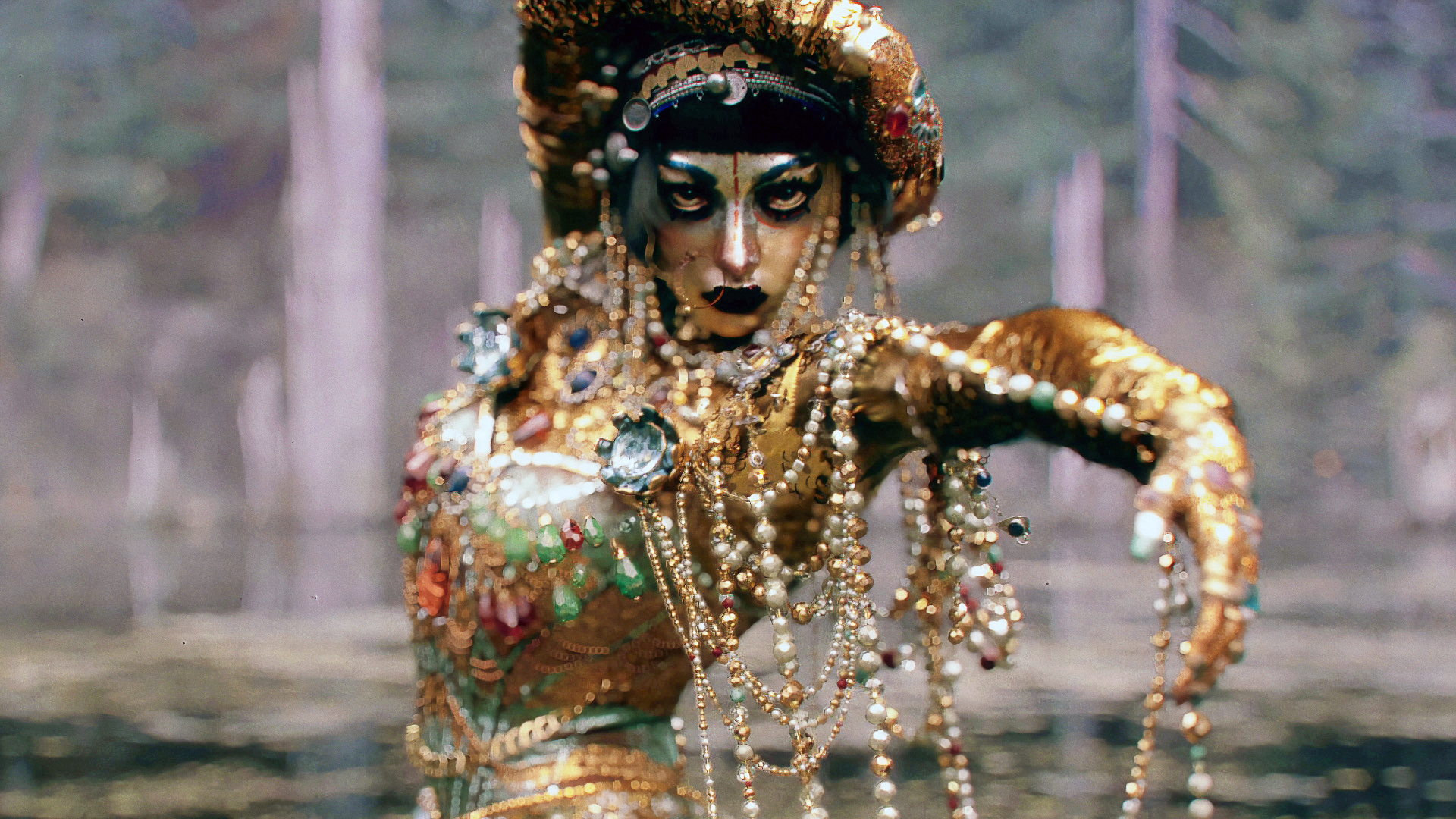Sara Silkin on Bringing Choreography to “Love, Death & Robots”
It’s unusual for an animated short film to make a splash in the cultural mainstream. It’s even more surprising when that film is devoid of dialogue and wide open to interpretation. Yet the movement-based storytelling in “Jibaro,” the Season 3 finale of “Love, Death & Robots” on Netflix, captivated viewers worldwide—and continues to spark passionate conversations online.

“Jibaro” choreographer Sara Silkin leads plenty of in-person projects, too, as artistic director of the Glorya Kaufman Performing Arts Center at Vista Del Mar in California. Although she trained with Kibbutz Contemporary Dance Company in Israel, assisted singer and dancemaker Barak Marshall, and gigged with Kitty McNamee’s Hysterica Dance in Los Angeles, “I realized company life was not for me,” she says. “I wanted to do commercial work, but realized I also had limited opportunities there, since I don’t do jazz dance or hip hop.” By going back to school for film, and exploring augmented and virtual reality with digital artist Refik Anadol and others, Silkin found success with two new dance partners: computers and cameras.

Especially when you’re collaborating, you have to make sure that you’re bringing what the director—or the client, if it’s a commercial project—wants and needs, and for me that will happen more as an investigation in my imagination first, and then I’ll play it out with my own body. If my body doesn’t fulfill my intent, I know another body can do that for me. There’s this happy excitement of, like, “Oh, I can’t do that—but I know another dancer who can.”
I’ve been teaching since I was 18. That’s been a steady job, even through grad school. I teach a class called Movement With Words, which levels the playing field of expression for high school students who have different dance levels, who might be vocalists or writers. Teaching helps me direct because each student learns in a different way and it requires patience. You might have superstar dancers who make it easy as well as others who are talented but need a push.
The process we used for “Jibaro” is not referred to as motion capture, which is where you see dots on an actor’s bodysuit. What we did is performance capture, with multiple cameras, which generates footage used as a reference for keyframing, meaning artists then draw the movement, frame by frame. There’s a high degree of difficulty to that, and it’s what’s so impressive about that project.
In L.A., I’m known as someone who, whenever I put up work, I’m going to cry in it. [Laughs.] I don’t know why. I work with heartbreaking subjects.




